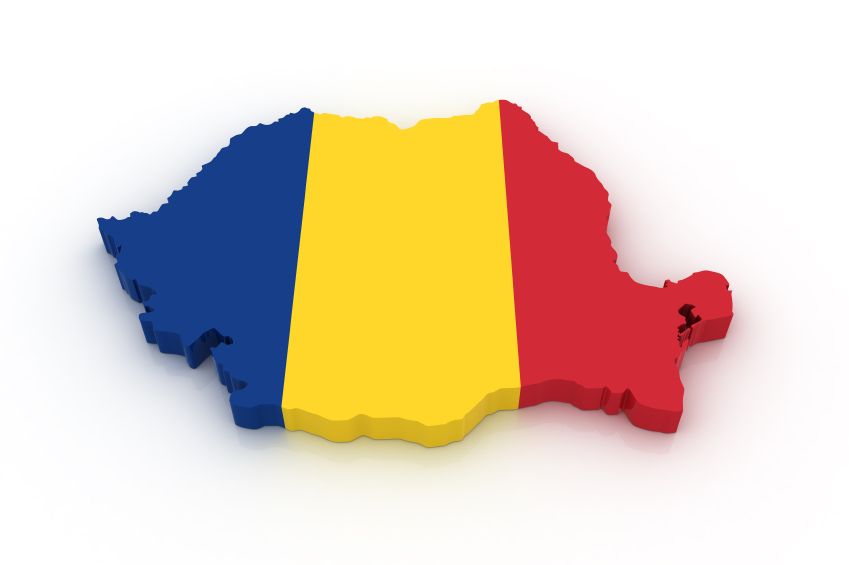Higher Education in Romania

Educational system
There are six types of Higher Education Institutes (HEIs) in Romania, distributed between state institutions and private institutions. Romania has re-organized its tertiary education system to conform to the European Bologna Process and all students since 2005 have been studying in programmes that conform to the Bologna standards.
University Universitate
- These are the largest HEIs, offering a wide range of programmes, giving higher degrees in sciences and the professions, and carrying out both teaching and research activities.
Academy Academie
- Academies offer specialist training, usually in a single broad field such as Music.
Polytechnical University Universitate Politehnică
- Polytechnic training emphasises training in technical and practical fields.
Institute Institut
- Institutes offer professional degrees in limited specializations.
- Training is usually a combination of study and practical experience.
University College Colegiu Universitar
- Colleges offer two or three year diplomas which cannot be used to enter higher levels of tertiary education.
- They may be autonomous institutions or sections of Universities.
Postgraduate Schools
- Some postgraduate programmes are offered in one of six Graduate Schools which are independent of the Universities.
Admission Procedures
Romanian students entering HEIs must have passed the school-leaving examination, the examenul de bacalaureat, awarded by the various secondary schools. HEIs in Romania may set additional admission requirements, generally in the form of written examinations set by the HEI. However, some Universities offering programmes in English or French have no admission examinations and based admission only on the application itself.EU, EEA and Swiss students must have their secondary-school qualifications recognized by the CREDR (National Centre for Recognition and Equivalence of Diplomas in Romania). Romania participates in the European Credit Transfer and Accumulation System (ECTS) which allows students from EU countries to use credits from other Universities towards a degree in Romania.
Most foreign students from outside the EU require a student visa. This must be applied for at a Romanian embassy in their home country and obtained before arrival. Besides a letter of acceptance from their HEI and proof of payment of the first years’ fees, students must show proof of means of support of at least 11,250 lei a year, medical insurance for the entire period and a criminal record certificate. Foreign students taking courses taught in Romanian must have proof of language proficiency. Students taking courses in English or French must prove proficiency in the language unless it is the language of their home country.
Bachelor’s Degree (first-cycle degrees)
- Most undergraduate degrees last for four years.
- Short-cycle degrees are offered by University Colleges and take four semesters for social sciences and six semesters for other courses. Students receive the diploma de absolvire.
- Long-cycle degrees are offered by Universities and their length depends on the area of specialization. Students receive the diploma de licenţă.
Master’s Degree (second-cycle degrees)
- Students must hold a Bachelor’s degree from an HEI other than a University College to be admitted to a Master’s programme.
- A Master’s typically takes one year full-time or two years part-time.
Doctoral Programmes (third-cycle degrees)
- Doctorates are offered in most fields. They normally require three years to complete on a full-time basis and five years on a part-time basis.
- Relevant lower degrees – Bachelor’s and Master’s - are required for admission.
